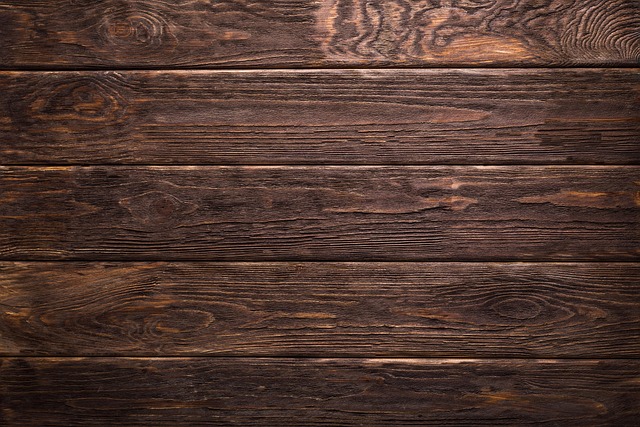Exploring the Depths of Texture in Photography
Photography is often described as a visual language, a way to communicate emotions and tell stories without uttering a single word. At the heart of compelling photography lies texture, an essential element that adds depth and interest to your images. Whether you’re capturing the rough bark of a tree or the smooth surface of a glass, understanding and utilizing texture can transform your photographs into remarkable visuals that speak volumes.
The Power of Texture
Texture in photography is not just about how a surface looks, but how it makes you feel. It brings tactile qualities to the forefront, inviting viewers to almost reach out and touch the image. By carefully observing the materials and surfaces around us, we can evoke emotions, set a mood, and tell a story through our photos.
Utilizing Your Camera to Capture Texture
When shooting textured subjects, the right camera settings can make all the difference. Start by adjusting your aperture. A smaller aperture (higher f-stop number) can create a greater depth of field, allowing more of the texture to be in focus, while a larger aperture can isolate a subject against a smooth background, enhancing the sensation of depth.
Experimenting with different angles is also crucial. Get up close to your subject, or shoot from various heights to discover new textures. Low angles can give life to ordinary objects, capturing the intricate details that might go unnoticed at eye level. For example, photographing the textured lines of a leaf or the gritty details of weathered wood can create powerful images that resonate with viewers.
Lighting and Textured Surfaces
The way light interacts with texture is a crucial aspect of photography. Natural light can reveal the minute details of a surface, so pay attention to how the light changes throughout the day. Early morning or late afternoon provides softer light that highlights texture gently, while harsh midday sunlight can cast stark shadows, emphasizing crevices and contours.
Utilizing your camera’s capabilities and settings appropriately can enhance textures even more. Shoot in RAW format for greater versatility during post-processing. This allows you to fine-tune the contrast and clarity, helping to accentuate the textures in your photos. Minor adjustments to highlights and shadows can bring out textures, making your images pop.
Optics: The Role of Lenses in Revealing Texture
The choice of lens can significantly impact how texture is captured. Macro lenses are ideal for exploring intricate details, allowing you to get incredibly close to your subjects. This can reveal textures that the naked eye might overlook, such as the delicate hairs on a flower petal or the fine grains in sand.
Wide angles can also be utilized effectively by emphasizing foreground textures while creating a sense of depth in the background, drawing viewers in. Alternatively, a telephoto lens can help isolate textures from a distance, enabling you to capture the details without physical proximity.
Finding Inspiration
To further inspire your textured photography, explore different environments. Urban settings can offer a wealth of textures, from peeling paint on buildings to rusted metal. Natural environments provide endless texture opportunities, whether it’s the roughness of tree bark, undulating waves on the shore, or the fine grain of sandy beaches.
By honing your skills in capturing texture, you’ll not only improve your photography but also develop a unique way of seeing the world. Remember, every texture has a story to tell—yours is to capture it through the lens of your camera.
So grab your camera, venture into the world, and start exploring the beautiful, diverse textures that surround us. You’ll find that every photograph has the potential to be more than just an image; it can be a sensory experience that resonates with you and your audience on a deeper level.



